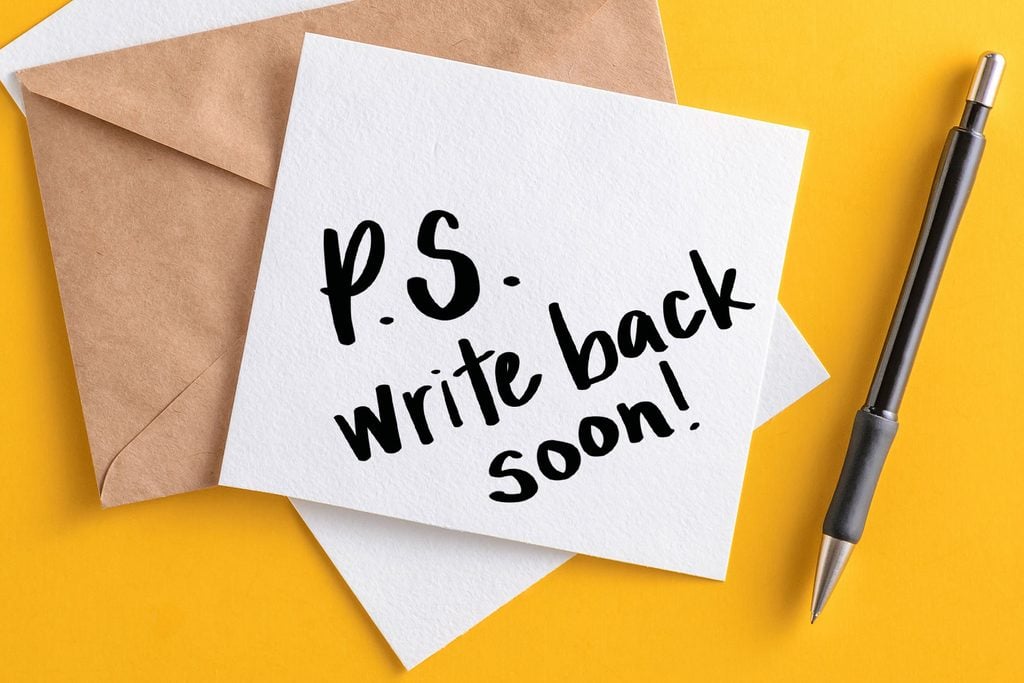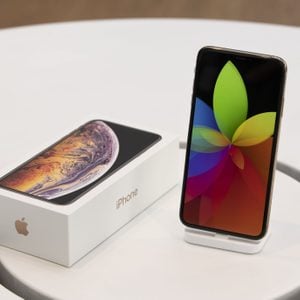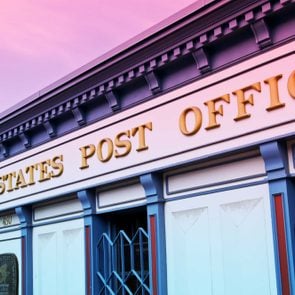What Does “P.S.” Stand For?
Updated: Jun. 30, 2021

When we add an afterthought to the end of our letters or emails, why do we preface it with these two letters?
In our daily lives, we use a surprising number of miscellaneous letters that stand for…something…but we might not know what. For instance, when we tell someone whether or not we’re attending their event, we RSVP, which stands for…ummm…what does RSVP stand for? There are all sorts of acronym examples that are super common in our language.
But there’s another abbreviation that also often ends up in our letters and emails—specifically, at the end. If we want to add a small final thought or restate the overall message, we preface it with “P.S.” We might use it as the “TL;DR” of letters and emails. But what does “P.S.” stand for, really? With “AM” and “PM” coming from Latin and “RSVP” being a French expression, is it even English? Equally confusing is the difference between an acronym vs. abbreviation.
RELATED: What Do AM & PM Stand For?
What does “P.S.” stand for?
“P.S.” stands for “postscript.” While, yes, this is English, it actually comes from the Latin word postscriptum, or “written after.” According to dictionary.com, “postscript” appeared in English for the first time in the early 1500s. It makes sense when you think about it: Back in the days before computers, if you were to write an entire letter and then realize you’d forgotten something, adding it in a postscript was a whole lot easier than rewriting the whole thing. The abbreviation reportedly became popular over the next hundred years, cementing itself by the early 1600s.
How to use P.S.
According to Grammarly, P.S. should always come after the signature of your correspondence, not before, and both letters should be capitalized. And what about the punctuation? After all, if “postscript” is only one word, should the “P” and “S” both be capitalized? Should they have periods after them?
Well, the Cambridge Dictionary has said that “PS,” with no periods, is the primary version in British English, while American English usually opts for the periods. But the Chicago Manual of Style has used it without the periods, so if whatever you’re composing doesn’t need to adhere to a style guide, there’s really no “right” or “wrong” here. After all, the recipients of your letter will surely know what you mean, periods or no periods.
Examples of how to use P.S.
Needless to say, now that we have email, there’s no need to add in forgotten things at the end of messages. (Unless, of course, you still regularly write letters, which we totally support!) But postscripts are alive, well, and often very effective. In addition to potentially providing an opportunity to add something forgotten to a letter, they can, in letters and emails alike, make a pithy point or a final summation. They’ve truly evolved with the times! “P.S.” provides the final say in your correspondence, and it stands out separate from the body. Many marketing or fundraising emails will sum up their contents or provide a call to action in a P.S. at the end since it’s likely to catch the eye of people who might skim through the rest of the email. But our favorite uses of P.S. are the ones where the sender uses it for a funny afterthought.
In a 1938 letter to a young fan, Charles Dickens used a P.S. to apologize for this messy signature!
P.S. I don’t write my name very plain, but you know what it is you know, so never mind.
More recently, in 1984, the actor John Candy used one to (facetiously, one assumes) ask for money in a fan mail response!
P.S. Could you send me a little something? Acting isn’t working out like I planned.
RELATED: What Does FWIW Mean?
Sources:
- Grammarly: “What PS Means and How to Use It Correctly in Your Email”
- dictionary.com: “Postscript”
- Letters of Note: “Happy Birthday, Dickens”
- Letters of Note: “Could you send me a little something?”



